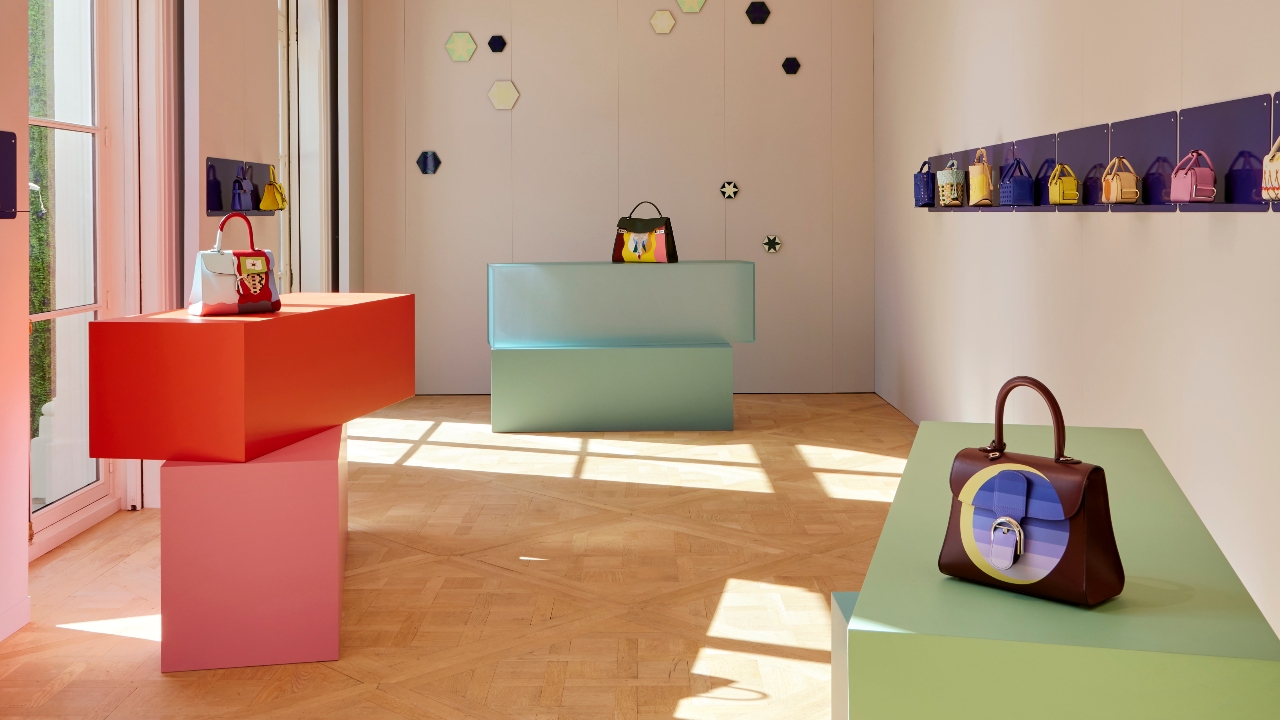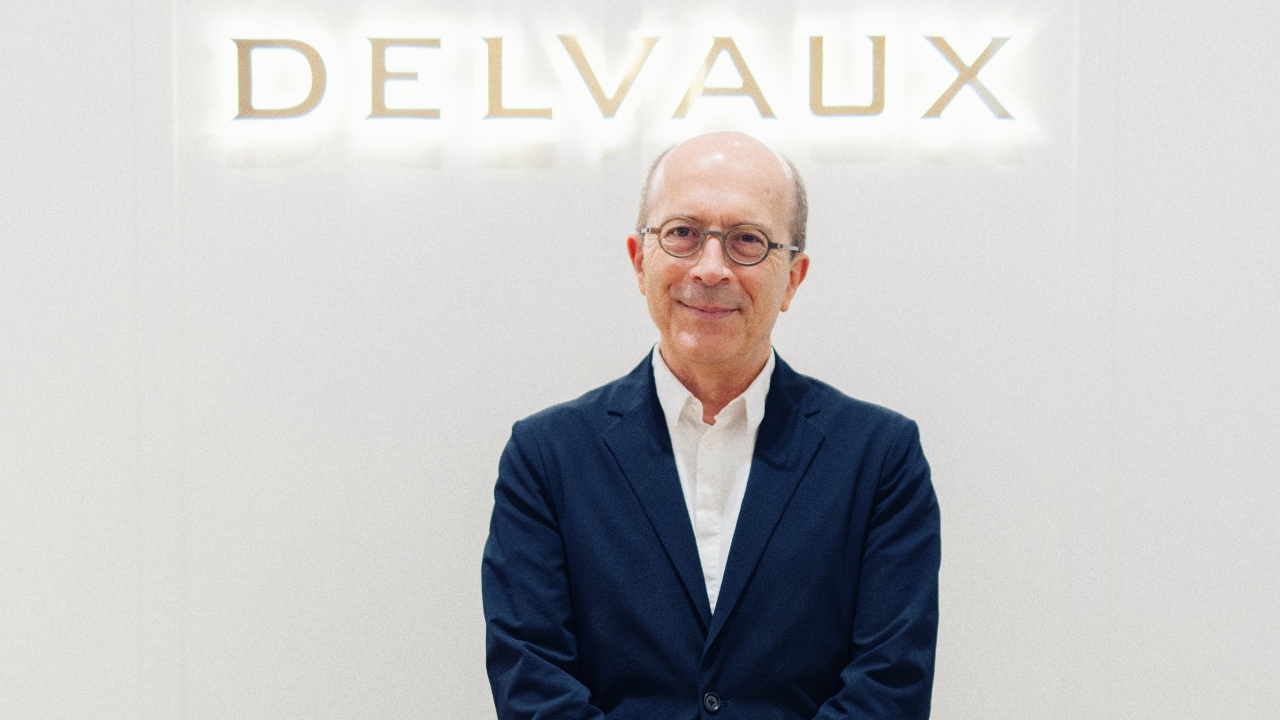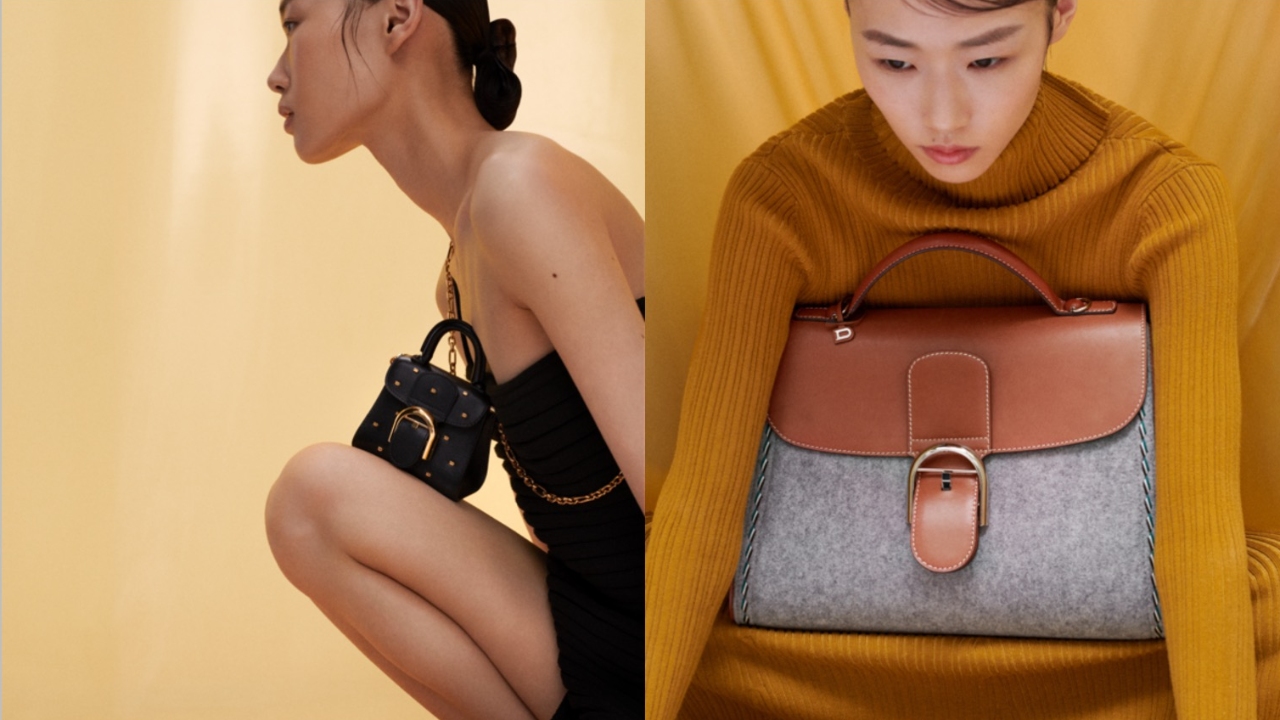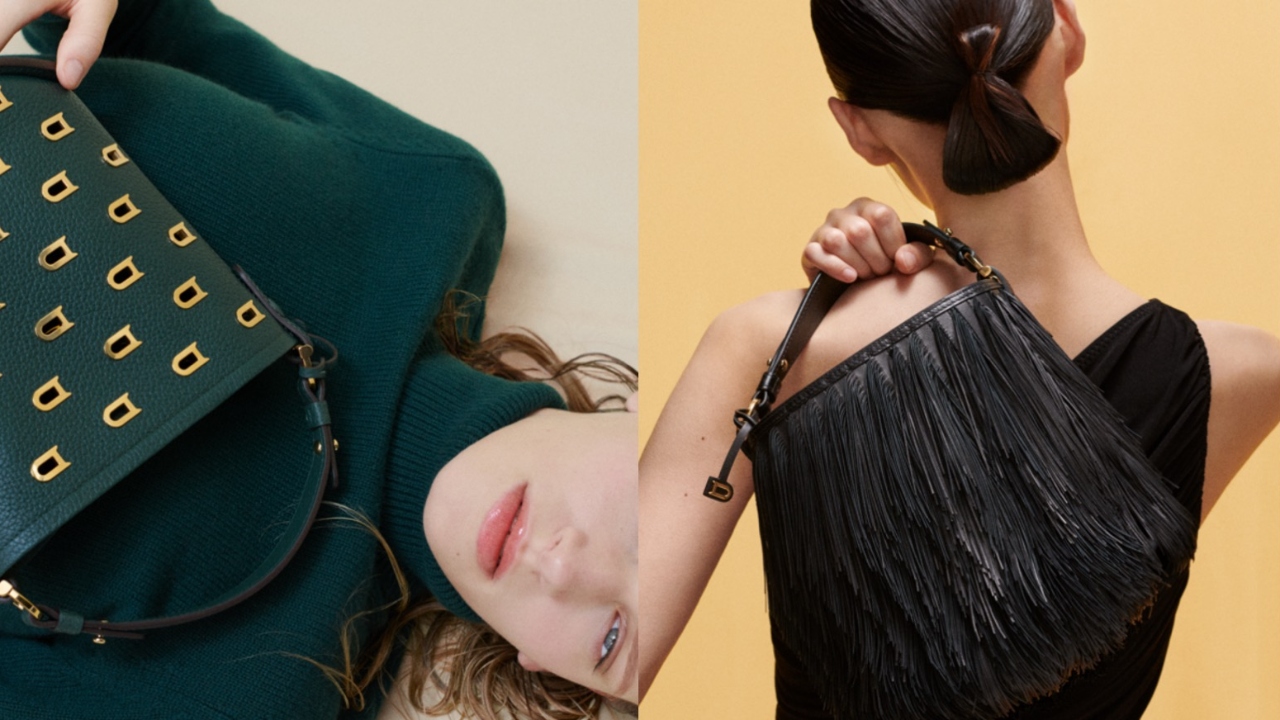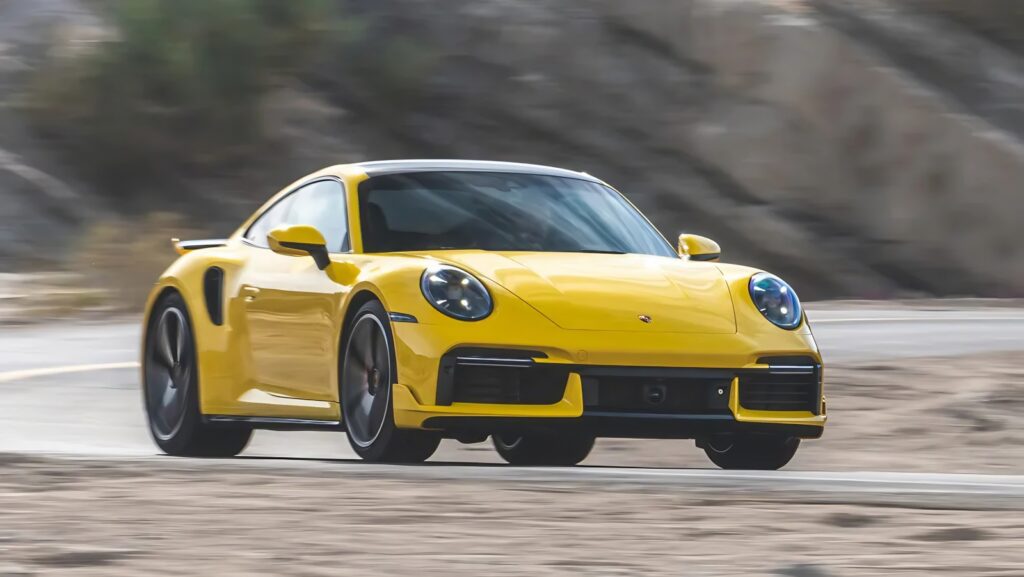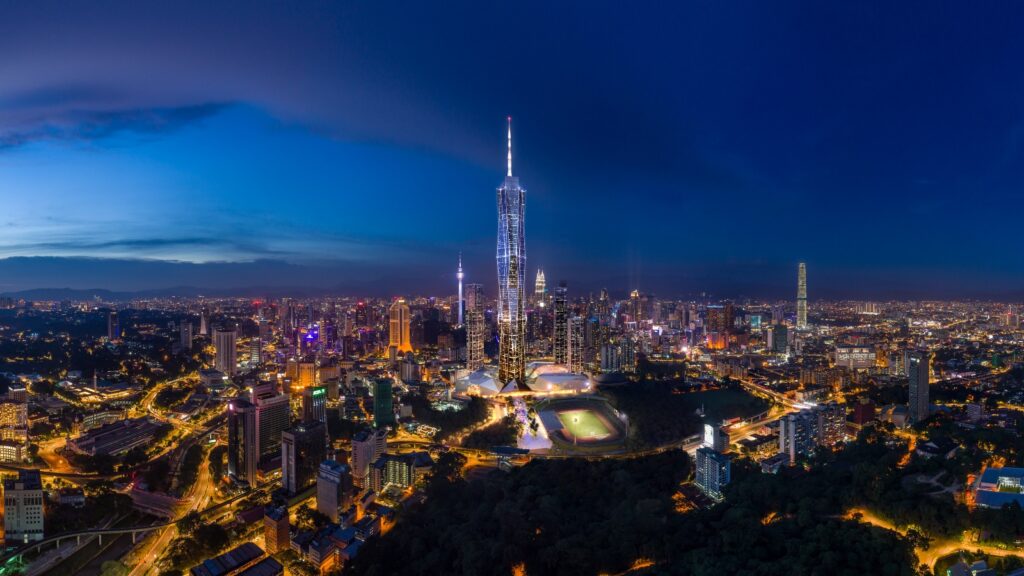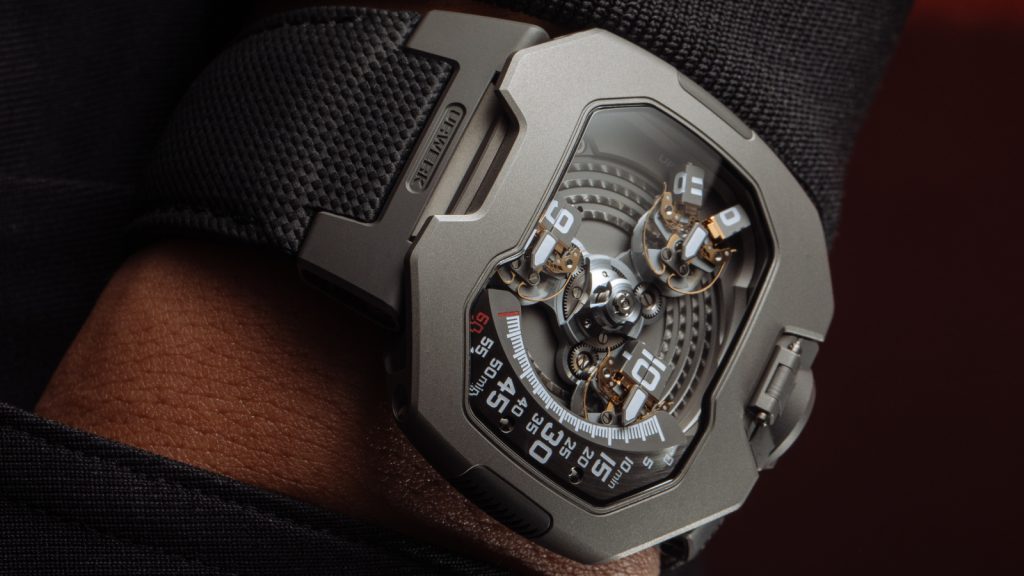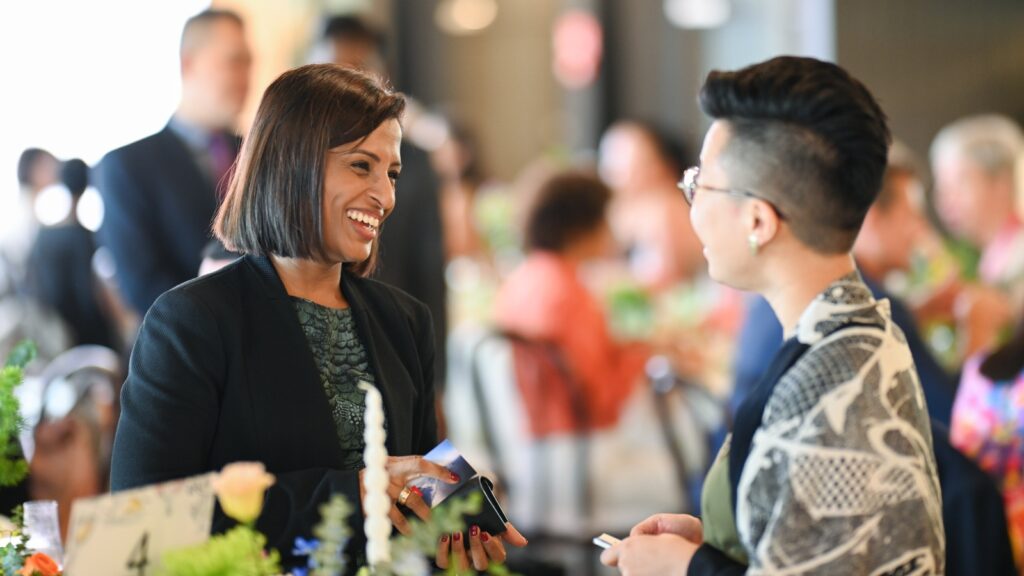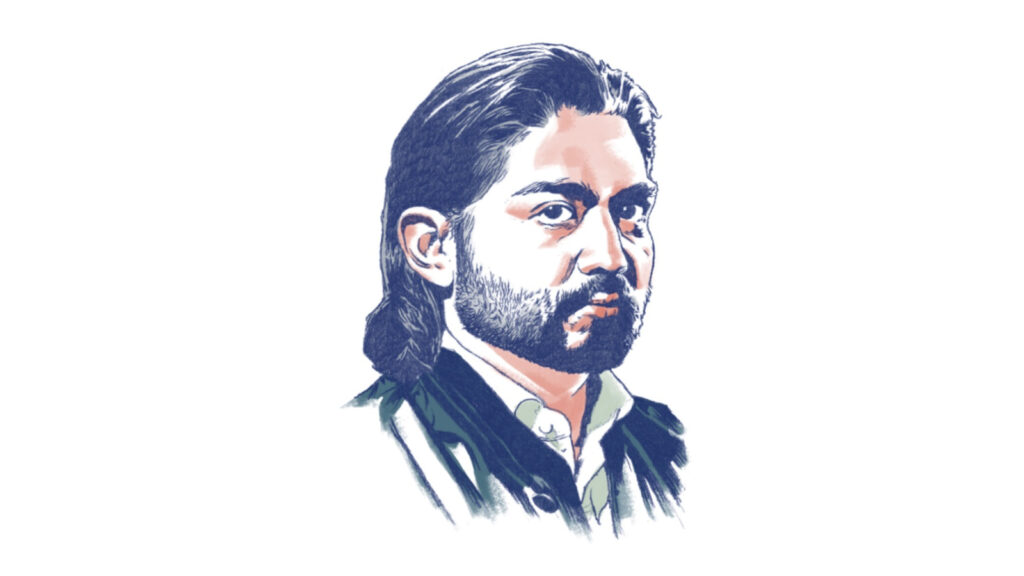Delvaux is a torchbearer in the luxury brand world, filing the first patents for handbags in 1908 and being the first to introduce seasonal accessories collections in the 1930s. It boasts one of the world’s largest handbag archives of more than 3,000 designs, including icons such as Brillant, Tempête, Lingot and Caprice.
Delvaux’s founding in 1829 in Brussels qualifies it as the world’s oldest luxury leather goods company. And by 1883, it achieved the distinction of being the official purveyor to the Royal Court of Belgium. However, a new modern chapter in its illustrious history began when Jean-Marc Loubier led the expansion of Delvaux in the 2010s and returned in September 2021 to take the helm of the Belgian house for a second stint.
An industry veteran, Loubier’s impressive portfolio includes 16 years at LVMH, with 10 years as executive vice president of Louis Vuitton where he was responsible for numerous pioneering initiatives such as steering the brand into China. Loubier then went on to become CEO of Celine and Escada.
Under Loubier’s leadership, Delvaux has undergone a renaissance, expanding its global footprint in key regions such as Asia, Europe and North America, including a boutique in Pavilion Kuala Lumpur, with sales skyrocketing worldwide. Its bags have become a must-have among Gen Z—the holy grail of any luxury house—and, impressively, it rarely enlists the help of brand ambassadors, celebrities or influencers.
It is also a champion of the arts, working with Belgian artist Kasper Bosmans to reinterpret 11 Delvaux designs through his artistic lens last year, borrowing inspiration from Norse symbolism for the Mutualism collection.
Under your tenure, Delvaux made an incredible comeback, expanding its global presence exponentially. What has been the most valuable lesson you’ve learnt in the process?
I bought Delvaux in 2011 and the company, despite its long history, did not exist outside Belgium. Nearly 100 per cent of the sales were made in Belgium. The first idea was to look at what were the most important elements from the past that are relevant for the future. The second element was that we are a pioneer, but how do we put that in motion? How do we go to the world because people were not waiting for Delvaux at the time? To me, the key element was to say that we are going to develop our own shops so that we create a universe. The idea was to design shops by Delvaux all very differently and to have the store like an embassy in a city between the city, the country and what we stand for from Belgium.
The Mutualism collection underscores Delvaux’s strong commitment to supporting the arts and young talents. Who is your favourite artist?
What we presented in Paris. I remember visiting Weils, the Contemporary Art Centre in Brussels, and there was a very interesting exhibition by an artist I didn’t know (Kasper Bosmans). I had a few meetings with him alone and after that, we worked with him for one year and we gave him a lot of freedom because the project was well defined. I had 50 people working on that for one year. The project required a lot of work because it was not going to be a painting but a Delvaux bag with the signature of the artist.
What’s it like to be you?
For my business routine, I have a huge ambition—I want this brand to be at the apex of the luxury world. To meet your ambition, you need to be demanding. But when I say demanding, it’s also understanding that behind that there is effort. And it means that we need to be in agreement with the team. So, we share a goal, a strategy and an execution plan, but we help each other. If you don’t have the mindset for that, then the caricature of it is being arrogant and difficult. We are not. I make a very clear difference between these two elements.
I also walk very fast, almost everywhere, and I walk to work almost every day. I don’t do sports. I’m always in movement, and sometimes people don’t like to work with me because I work too fast.
What’s your most treasured possession?
I have a huge collection of political posters since the 19th century. And I like that because it’s graphic and it’s always relevant to the movement of art history. On top of that, you have images and a slogan that is sometimes frightening and that is interesting because you have to question them.
You’ve worked in and travelled all over the world. But where is your favourite place to holiday?
There is one place where I go very often because it’s near my home, but at the same time, it’s far away because it’s an island—Corsica, part of France. Its water makes it paradise on Earth.
By the way, I organised a classic car rally between Singapore and Kuala Lumpur many years ago. It was a three-day discovery of Malaysia, so it was very interesting.


